Residential Kremlin, "live" sketch boards and Koolhaas’ failure: Interview with Eugene Asse
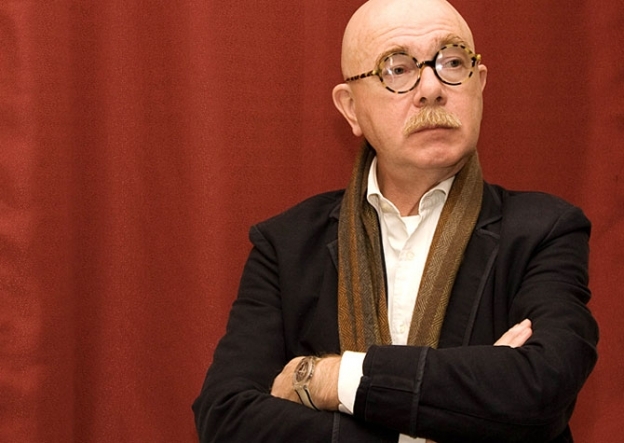
Architect, Archcouncil member, founder and Dean of the Moscow School of Architecture (MARCH) — about the first thesis defenses, architectural education and architectural exhibitions.
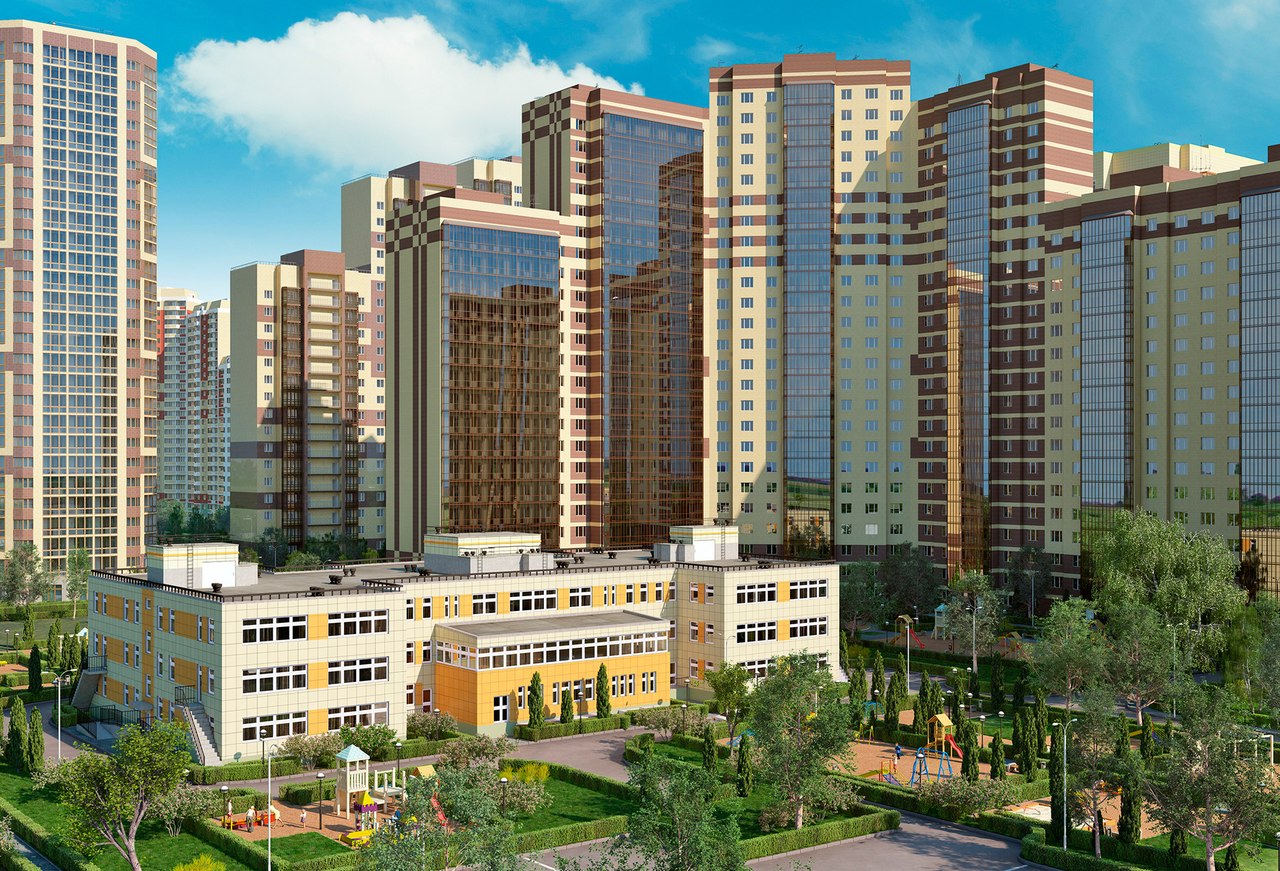
This year MARCH had its first class of graduates. Are you satisfied with the results?
Yes, in the first class of graduates 33 theses were defended — there were few unsatisfactory marks and this is a very good indicator. To begin with, the very high level of final projects should be noted — so much so that our British colleagues (MARCH graduates receive diplomas from the London Metropolitan University), were surprised and impressed. And even asked to artificially reduce the marks: they feared that in London they would not believe that there were so many exemplary students. This of course is a joke, but the projects actually were very realistic and relevant to the direction that the school has taken since the beginning: a thoughtful approach to architectural design.

Thesis research was carried out in three studios, and one of them in yours?
Yes, I lead a studio with my son Kirill. In another studio, lead by Rubens Cortes and Anton Eguerev de Silva, the students’ work «Unfinished Moscow» was devoted to Moscow’s peripheral regions and problems of their completion. Sergei Tchoban requested his group to jointly develop a master plan and design code of one of the blocks in Skolkovo, and then each of the students was to make a project for a specific building.
The provocative idea of my studio called «Pere-Zaryadye» was an attempt to see whether you can bring back an urban environment to the territory of Zaryadye. Not to restore what was there, but rather come up with a development project that would reactivate a robust urban fabric on this site. We invited business, transport, urban planning consultants. The result was the development of a concept of a residential area with approximately 4000 inhabitants. Nothing extraordinary, we called it «normal city»: so it would be with a community given that in it there would be no invasive endeavors.
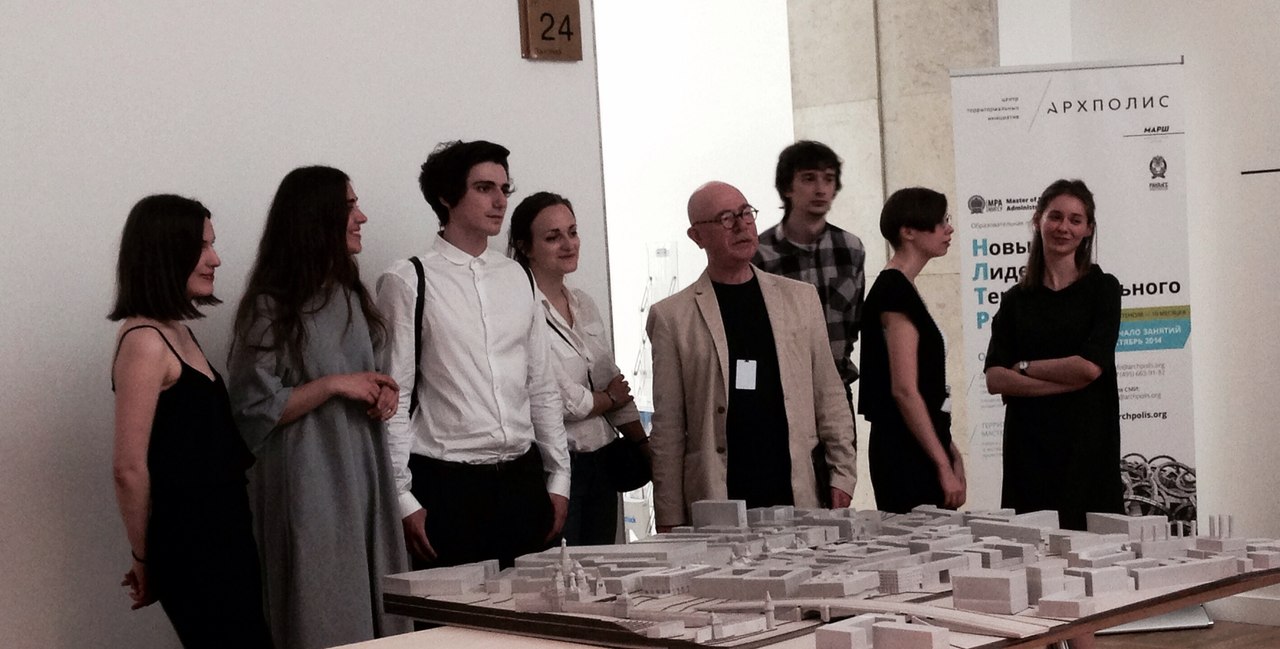
We carried out a very detailed study. And it turned out that the development of Zaryadye fundamentally changes the whole situation in the center of Moscow. Moscow is «unlocked»: the Kremlin, Red Square, the first floors of buildings in Kitay-Gorod open up — now 80% of the entries which are in Zaryadye are closed. Schools, hotels, housing, greenery — a nice city center emerges, attractive for tourists and for Muscovites.
First, our group of 12 people made a master plan together, and then designed specific buildings — a school, a hotel, even a music college. Several projects turned out very interesting. So in general, we are happy with the first two years of the school’s life.
Surely you have come up with your first conclusions — what you would like to change, improve ...
Of course, there is a lot that requires modifying and to be thought out. One of the problems is the basic training of students. After four years of undergraduate work they are ill-prepared, their knowledge and experience does not correspond to the high standards that we have set. Therefore, ideally, we would like to create a full cycle school — from the first course to a master’s program.

For now this is far off, but our thesis work already differ significantly from the thesis work of other professional institutions — by volume and by type of «product». Our thesis works are in the form of a portfolio-report and journal, which demonstrate the ability of the student to study an issue and its proper methodological development into a project. Thus, the project itself is not the only document that affects the evaluation of the student. This is because the goal of our education is not the project in itself, but rather the student. The project may be a bit weak, but if good research and methodical preparation was carried out, we understand that in other circumstances, the student will successfully cope with the project.
This time the defense of the projects was held directly at the ARCH Moscow exhibition, what are your impressions? What was the feedback from the public?
During the presentations, questions from visitors were not allowed, only from the jury, but I can say that there was huge interest — the crowd at the defense was impressive. In fact this was our stand at the exhibition, not a sketch board, but real people who presented the projects. I think this is a good and interesting practice: schools should exhibit in the form of real people, talks and discussions — we do not have enough of this. For students this was a good experience also: to clearly explain the essence of the project before a big unfamiliar audience within a limited time — this was a serious test.

And what can you say about the exhibition itself this year?
With the fuss of the thesis work, I had little time to look around. I noted that architecture was decisively separated from trade and design and took up a whole entire floor — it’s a very positive change, the exhibition now has a completely different atmosphere.
The announcement of the theme of «Blocks» by curator Bart Goldhoorn is in itself interesting and very topical for Moscow, as it is turning into a trend here. However, the planning decisions shown by Russian development projects are questionable. It’s as though the word «Blocks» has become fashionable, and it is used to describe virtually any type of building. This should be resisted. But what foreign guests brought seemed very interesting.
But in general I think it is time to reformat the exhibition. Prior to the Biennale I was at a similar event in Kiev. At a factory in a huge production facility, a very lively, intriguing, comprehensive architectural environment had been formed: there were exhibition projects, discussions, and recreational areas ... Perhaps switching from CHA to another site would give the exhibition a new quality. Bart once had this idea to make ARCH Moscow a city event, not an event in a single building. Like in Venice: the Biennale is a citywide affair.
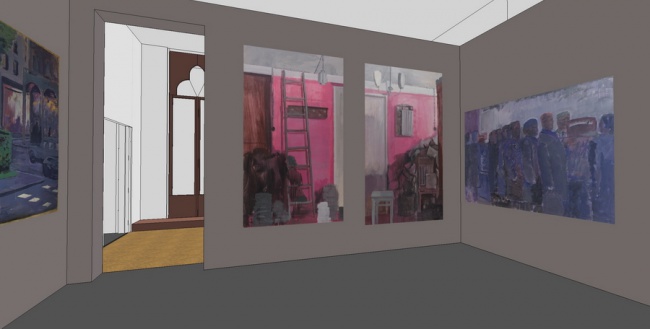
Incidentally, you also participated in the Venice Biennale? In what capacity? And as a visitor, what was memorable?
Yes I did, but this time I had in an unexpected role: I was commissioned to make the architecture of the exhibition of the outstanding artist Mikhail Roginsky in the collateral program of the Biennale. I think it turned out fairly well, and the exhibition itself attracted great interest.
In general, Russia was amply presented this year. For the first time, curator Rem Koolhaas assigned one topic for all pavilions, and the Russian pavilion interpreted it wittily. Trade fair of ideas — this is curious. The right or wrong ideas were chosen, this is debatable. But I have more issues with the visual component. In an ironic fervor the Strelka Institute turned the fair into an industrial exhibition, and a bad one, using the characteristic elements. It turned out tacky-obtrusive. Was it necessary to bring this to such an ironic absurdity?
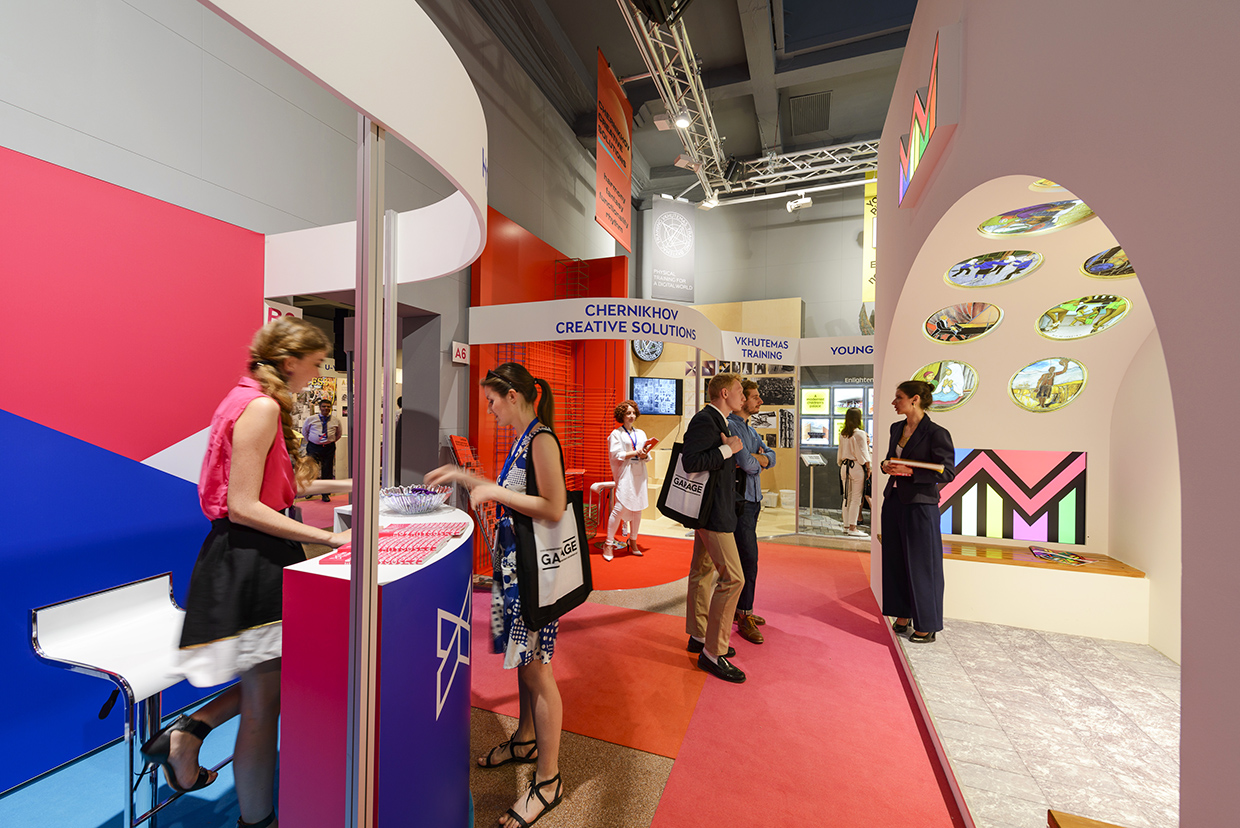
The Antarctica pavilion turned out to be «Russian» as well — an amusing utopian exhibition about what can be built in Antarctica. Together with Zaha Hadid, there were a lot of our architects — Grigoryan, Brodsky, Kozyr.
The Moscow pavilion summoned mixed feelings. On the one hand — impressive and entertaining. But it seemed that due to an insufficient informational component, it was not completely understandable to the not well-informed viewer. The most interesting was the courtyard with the special stones, but will all be able to see the small sign with the concept of Diller Scofidio + Renfro and understand what it’s all about?
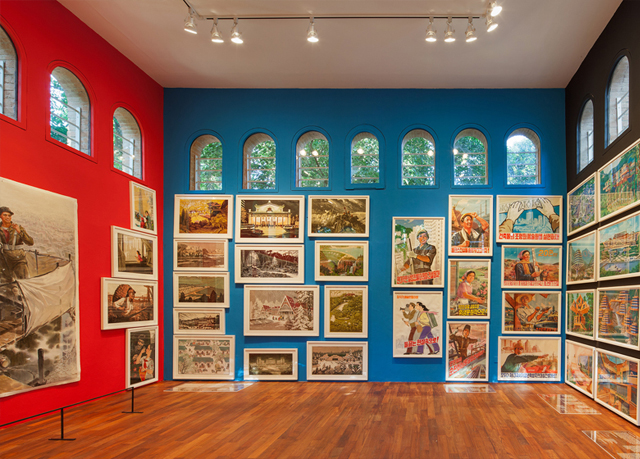
With regard to the exhibitions of other countries, the Korean pavilion rightfully won the main prize. When South Korea exhibits the North, this is an important professional shift with a large political component.
The French had a very strong pavilion: acknowledgment of the tragedy of modernism — a powerful image.
Israel’s pavilion was stunningly artistic, made beautifully and intelligently — the Czechs and Slovaks, interesting and elegant — Austria, witty, though far-fetched — Germany, about the interaction of architecture and politics. The Swiss with their «summer architecture school» about researching archives of the champions of late modernism, the architects Cedric Price and Lucius Burckhardt, reminded me of my project in 2004, when I brought a hundred students to Venice.

As for the curatorial exhibition of Rem Koolhaas (Elements), I think it is absolutely disastrous. In my opinion, it was his way to escape from answering real questions. When there is nothing to say, then building elements are exhibited. But architecture is not the construction industry, it does not break down into pieces. Personally I cannot consider stairs separately from ceilings. Architecture is about integration, not disintegration.
- Tags:
- MARCH |
- Eugene Asse |
- exhibitions |
- education |
- Biennale





